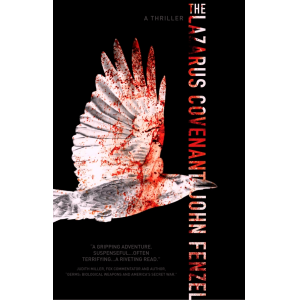Bless the Bees: The Pending Extinction of our Pollinators and What We Can Do to Stop It
"If the bee disappears from the earth, man would have no more than four years to live" Albert Einstein.
This beautifully illustrated edition is meant to educate the reader about the potential extinction of the bees as an indicator of a mass extinction, the last one of which was 65 million years ago. It explains what pollination is, who does it, why its essential to us, what things are threatening our pollinators and what we, as individuals, can do about it.
They have been in existence for over 100 million years, but it has taken us less than 30 years to kill almost all of them off. Honey bees are responsible for pollinating 60% of the world's food supply. Without them, the human race would face starvation. A worldwide epidemic, it has been called the bee apocalypse by Russia's president, but it is worse in the United States than any other country. Since 1972, feral honey bees in the United States have declined 80% to near extinction, and domestic bees in the United States are down to 60%. Since 2006, the epidemic has been referred to as colony collapse disorder, describing the disappearance of entire colonies of bees.
Among the causes cited for this disaster of epidemic proportions are parasites, the decrease in abundance and diversity of wildflowers, insecticides and genetically engineered foods (GMO's) that create their own synthetic pesticides which kill bees as well as other insects. But one thing is for certain-- mankind is responsible for the drastic decline in bee population and the United States government is doing nothing about it. On the contrary, the government has taken measures to make the problem worse.
There is more to this delicate 100 million year old evolution of pollination that just honey bees, who were not native to the United States, but imported from Europe and probably originally came from Africa. At least 4,000 species of wild bees are known to exist in North America alone. All of them are at risk, and this book will show you how you can make a difference in saving them, our food supply, and our planet as we know it.
50% of the royalties of this book will be donated to Bee Bay, a non-profit organization dedicated to the preservation of bees and the environment.
The Story Behind This Book
A year ago, my wife, Valentina Eade, and I were celebrating our second wedding anniversary in San Francisco, California. At brunch, on the table, was an informative brochure, telling us about the bee epidemic and that the hotel was keeping hives on their rooftop to help ameliorate the situation. I had thought that the bee crisis had long passed, and we were both very alarmed over it. She is a professional photographer. I am a writer. So, we both decided to "shake things up" and generate awareness about what is probably the most important environmental and human issue of our lifetime. She has been all over the world working on her project, and the photographs in this book are of just some of the "friends" we have meet along the way. We hope you enjoy them and the book, and that it makes you feel as strongly about the subject as we do.









![The End Times Passover [Etymological Challenges to Millenarian Doctrines]](https://d3vm9ajvvas0k9.cloudfront.net/cdn/img/meta/books/300/6b93b5a27c432f85491a6d758e88a03d.jpg)




